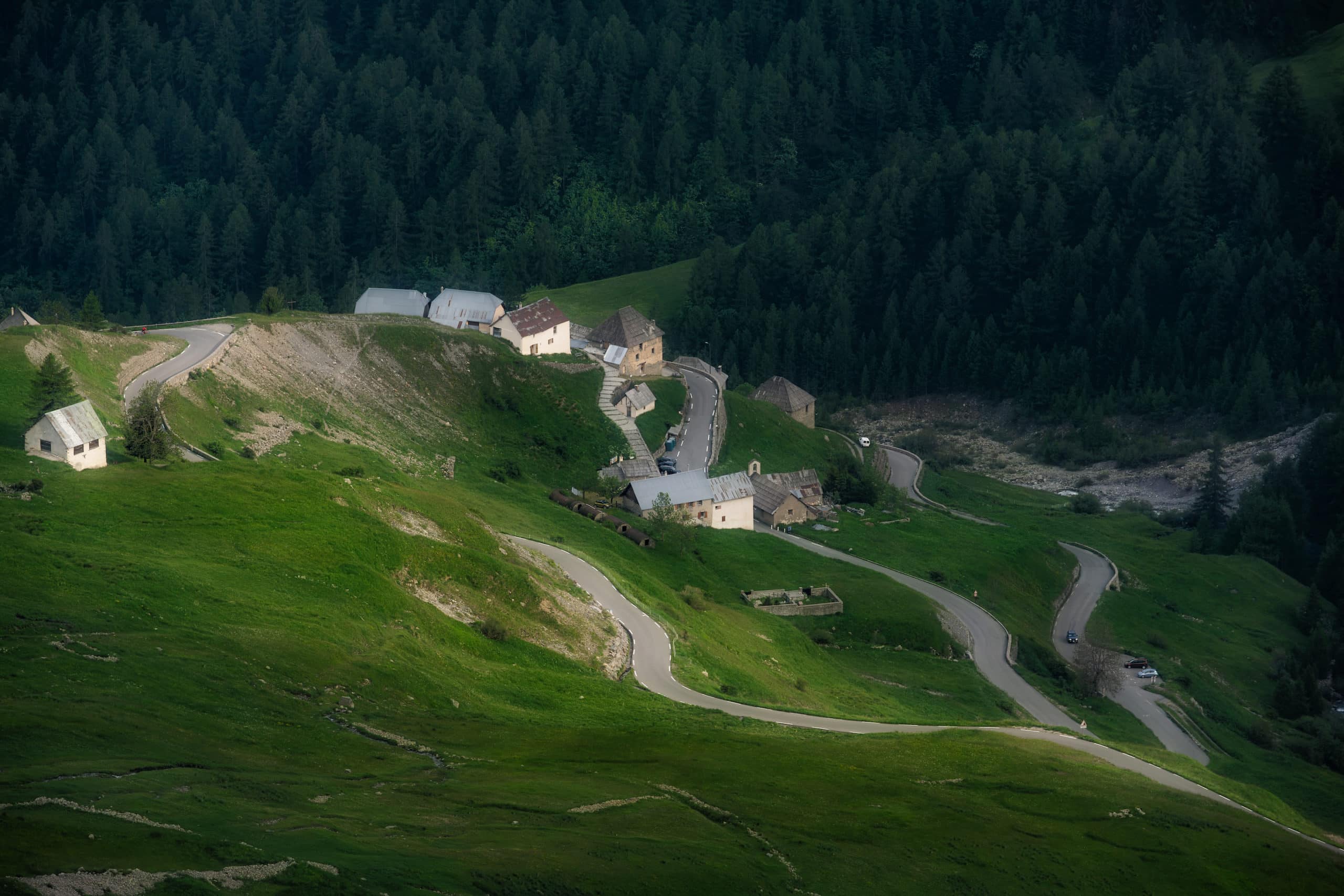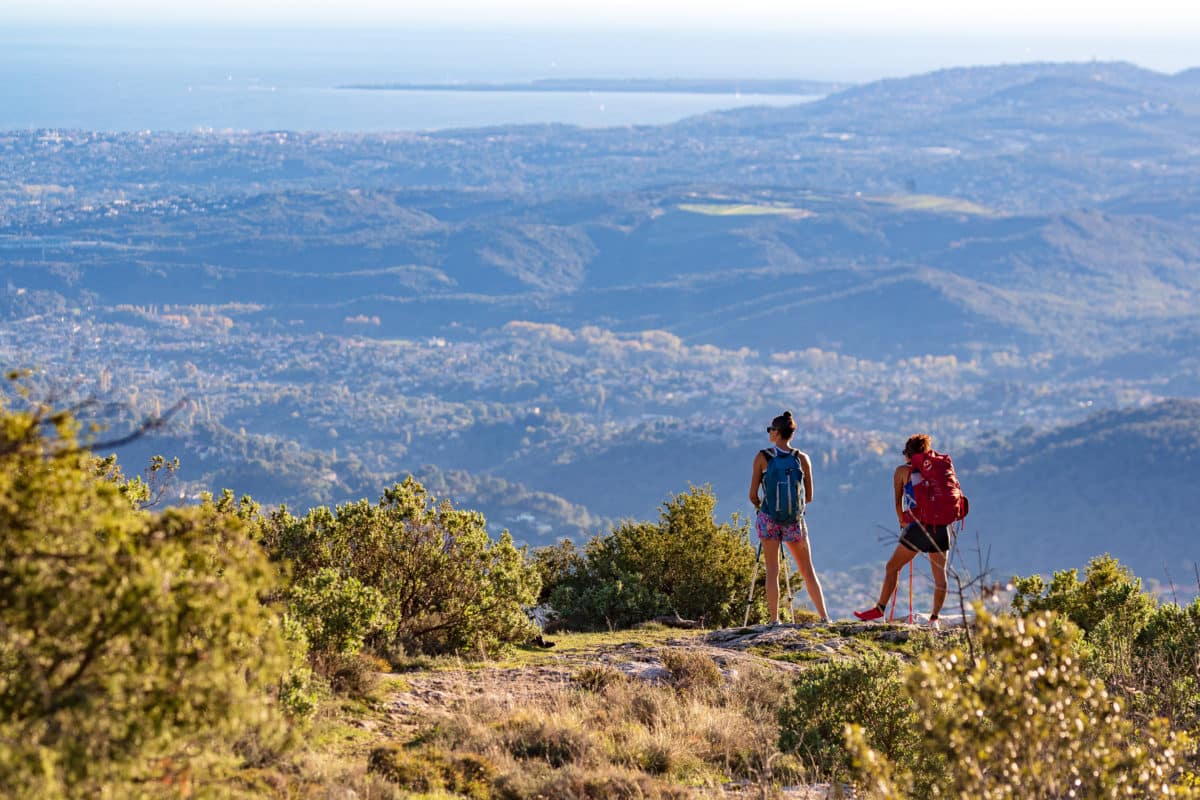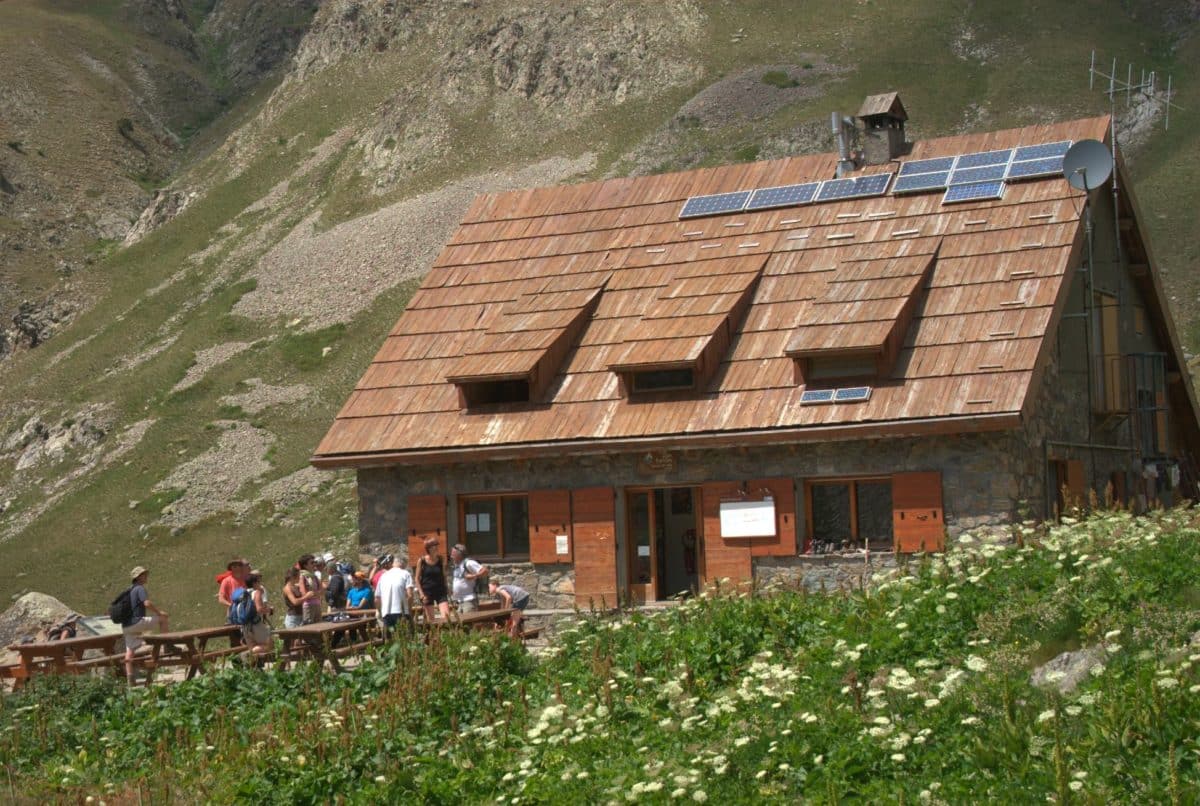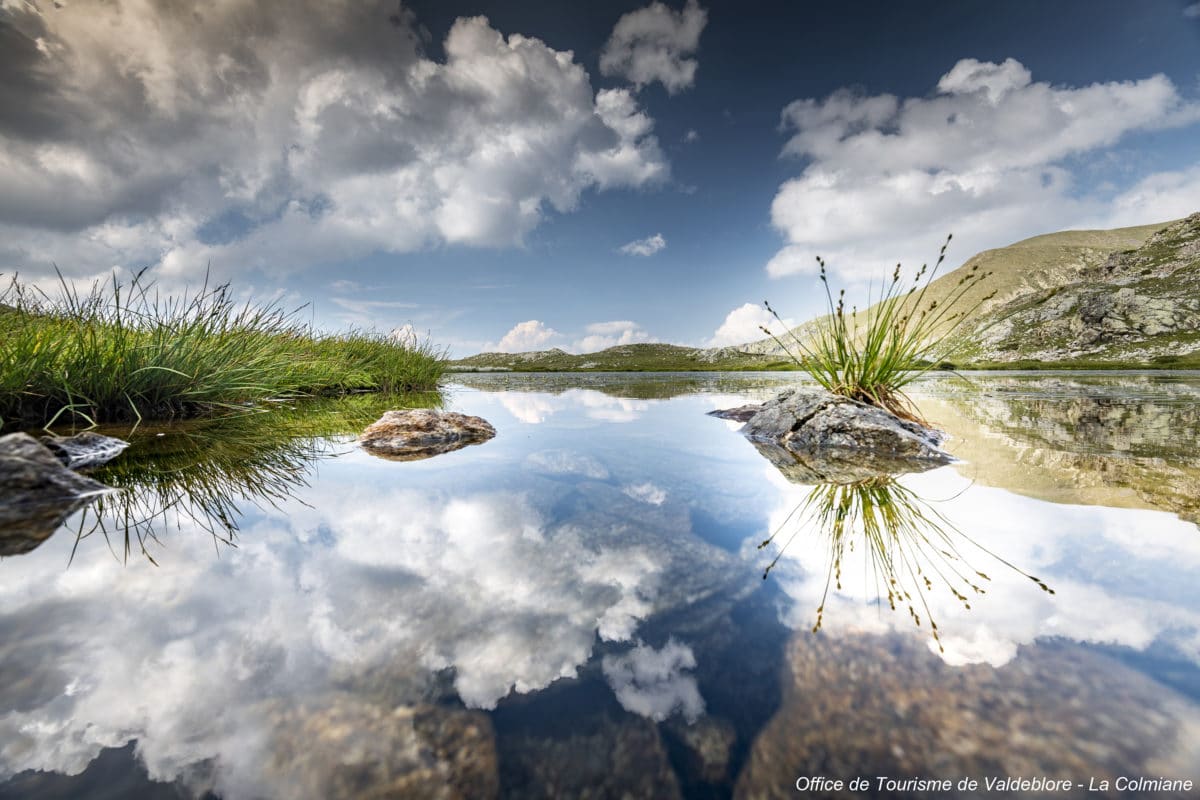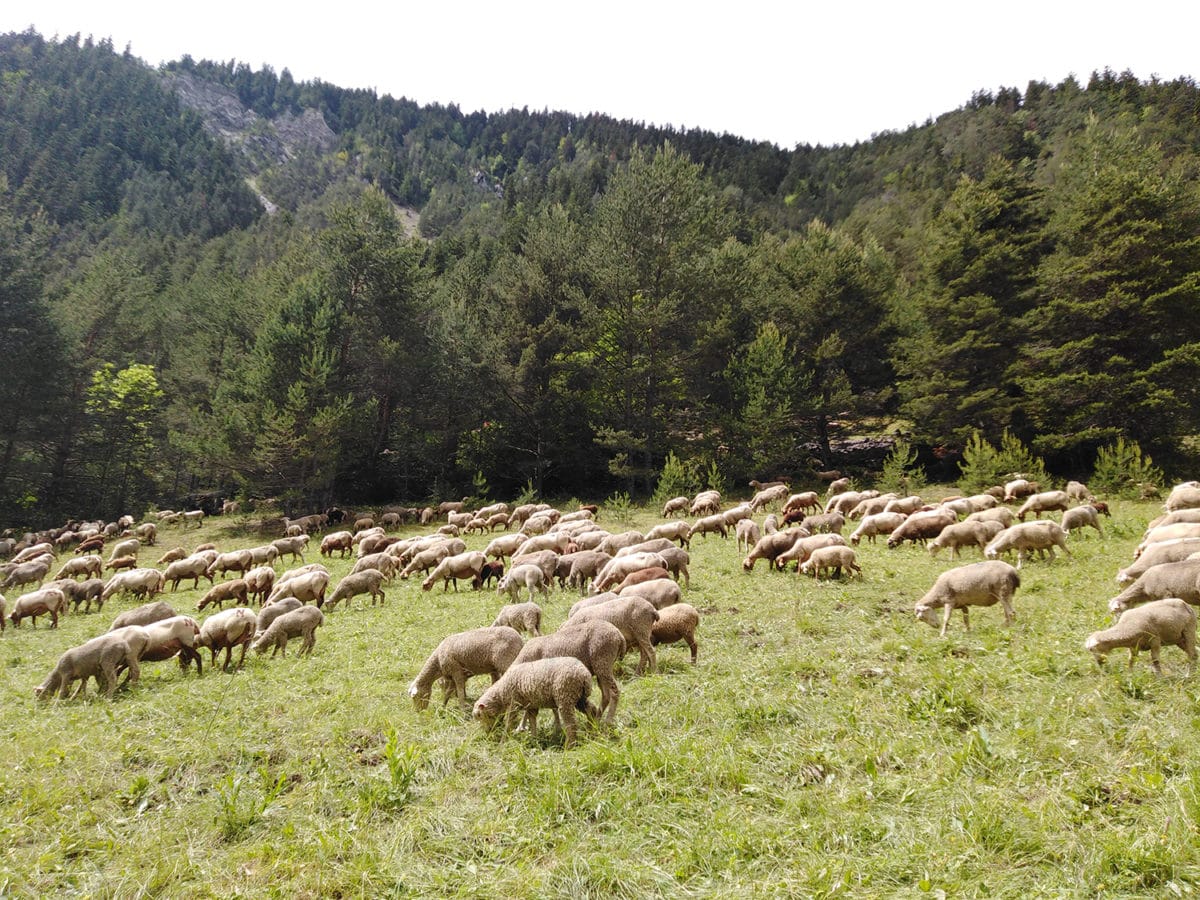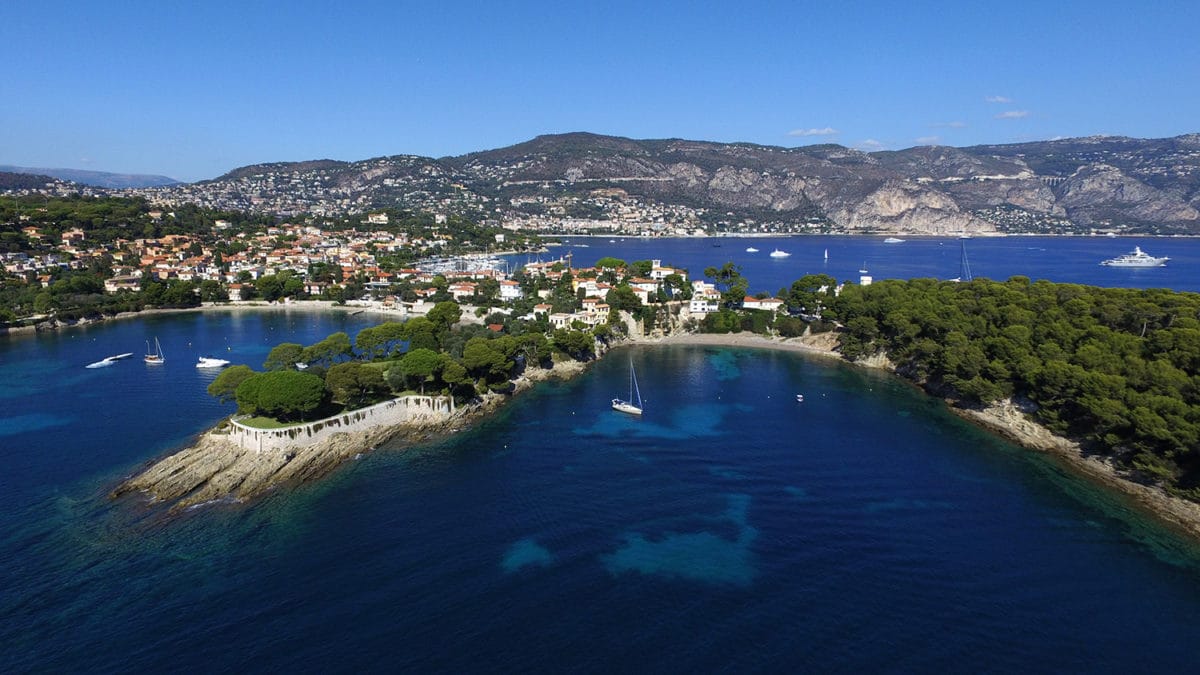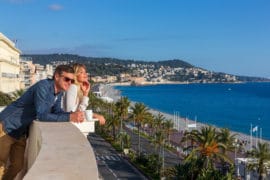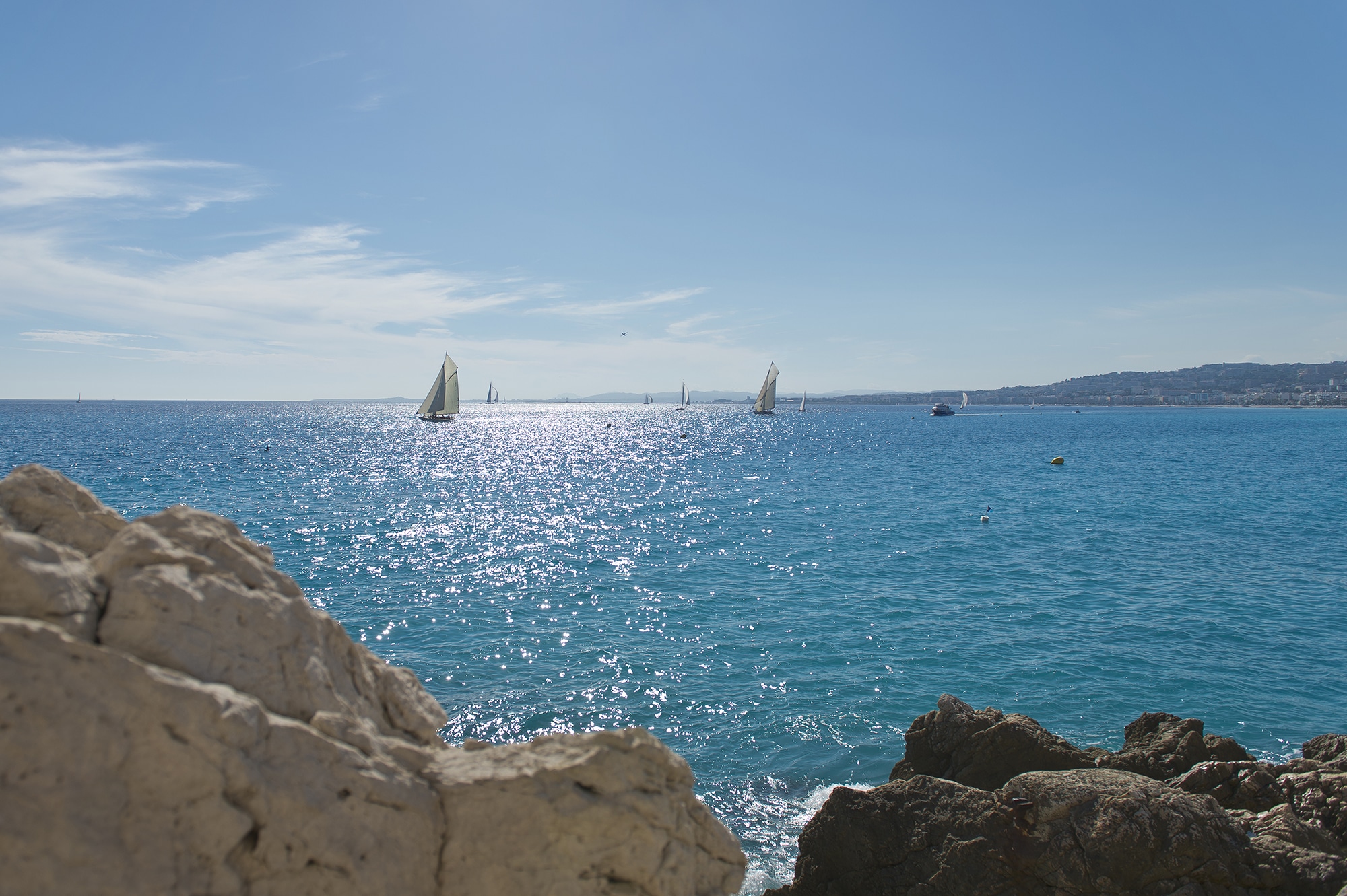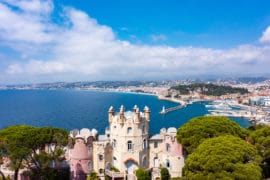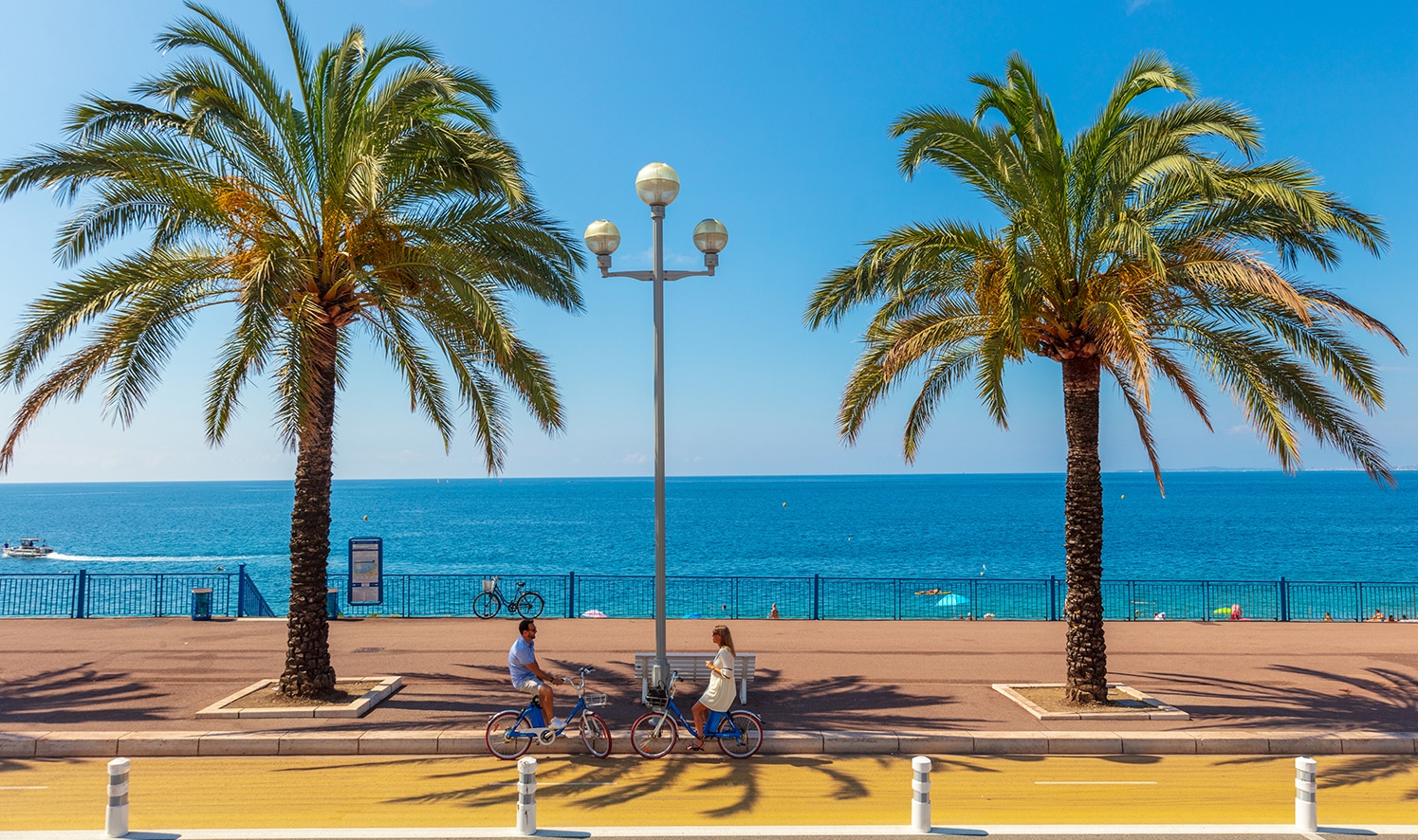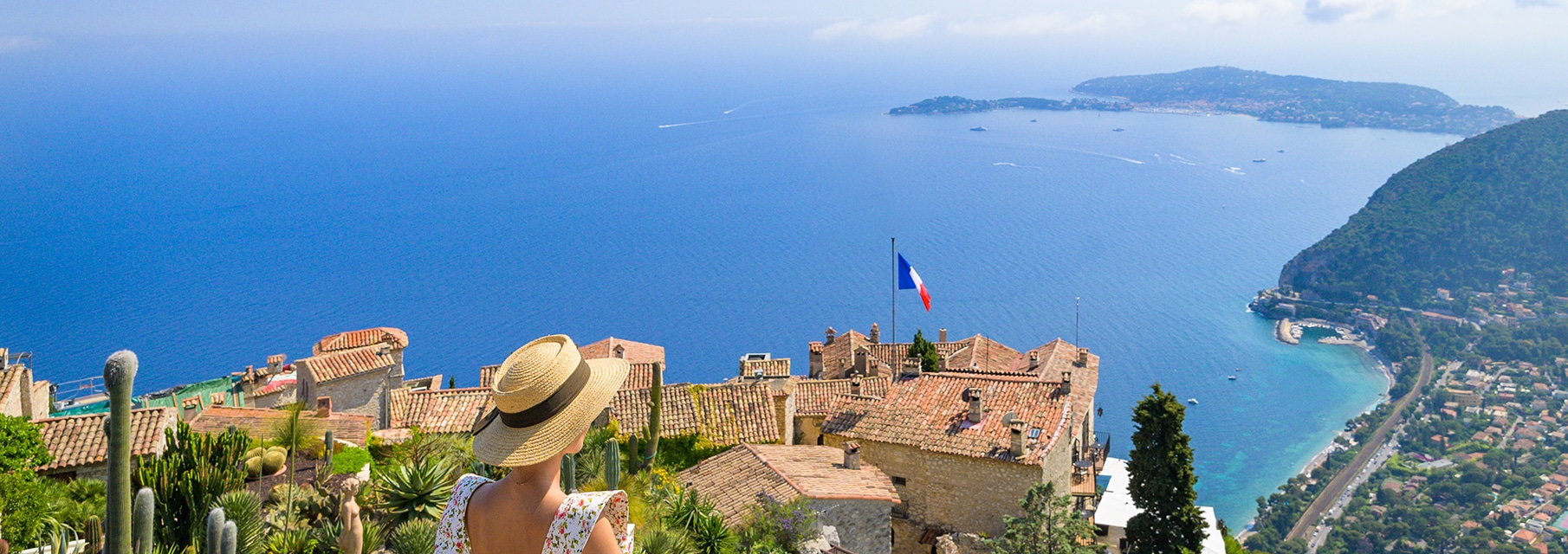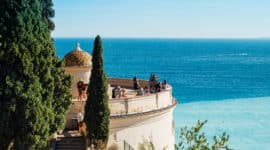Discovering Bousieyas, the highest hamlet in the Alpes-Maritimes
16 August 2023
A jewel in the crown of the Mercantour Park, situated on the legendary Bonette road, the hamlet of Bousieyas is the highest in the département. It offers a great break for hikers, cyclists and bikers before tackling the mythical Col de la Bonette.
Let’s hit the road
Discover by car this green setting where you can observe, breathe and take your time…
It takes around 2 hours to get there from Nice. A short stopover in the village of Saint-Etienne-de-Tinée may prove very pleasant. On your way, just before reaching Bousieyas, you’ll pass by the medieval hamlet of Le Pra and the beautiful little waterfall at Vens.
The history of Bousieyas
The history of the hamlet dates back to the Middle Ages. Over the centuries, Bousieyas became an important agricultural and pastoral centre, where families settled to cultivate the land and raise livestock. Cereals, fruit, vegetables and meat were produced here. The inhabitants also developed skills in handicrafts, notably weaving, pottery and furniture-making. At the time, the village had a population of 99.
In 1964, the village was completely abandoned, and today only a few dwellings remain. Most of the villagers are shepherds who live in the high pastures and make the transhumance from June to October. You’re sure to catch a glimpse of them if you visit during this period.
The origin of the name “Bousieyas”
The hamlet’s name is thought to come from the Provençal “bousiey”, a place where cattle droppings were dried. However, the origin of the name is difficult to determine with any certainty. Another hypothesis is that the hamlet’s name comes from the Provençal verb “bousihar”, meaning “to blow up in a storm”.
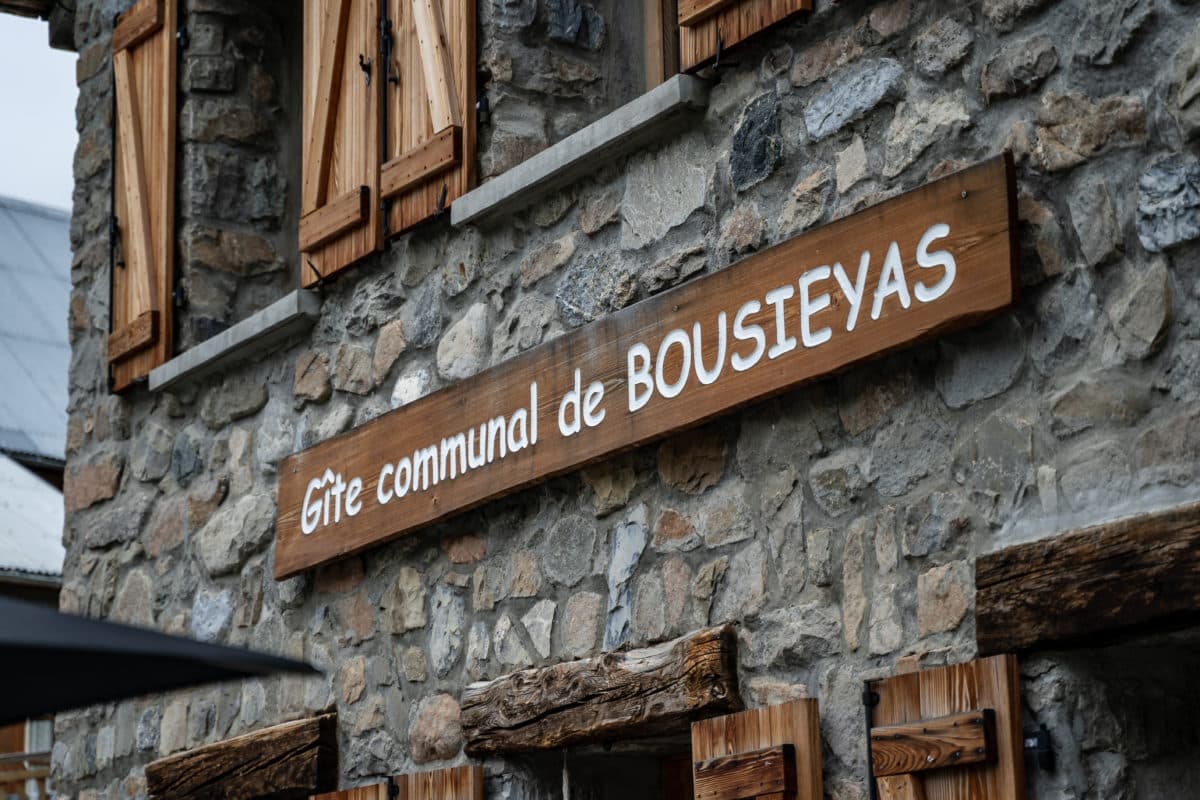
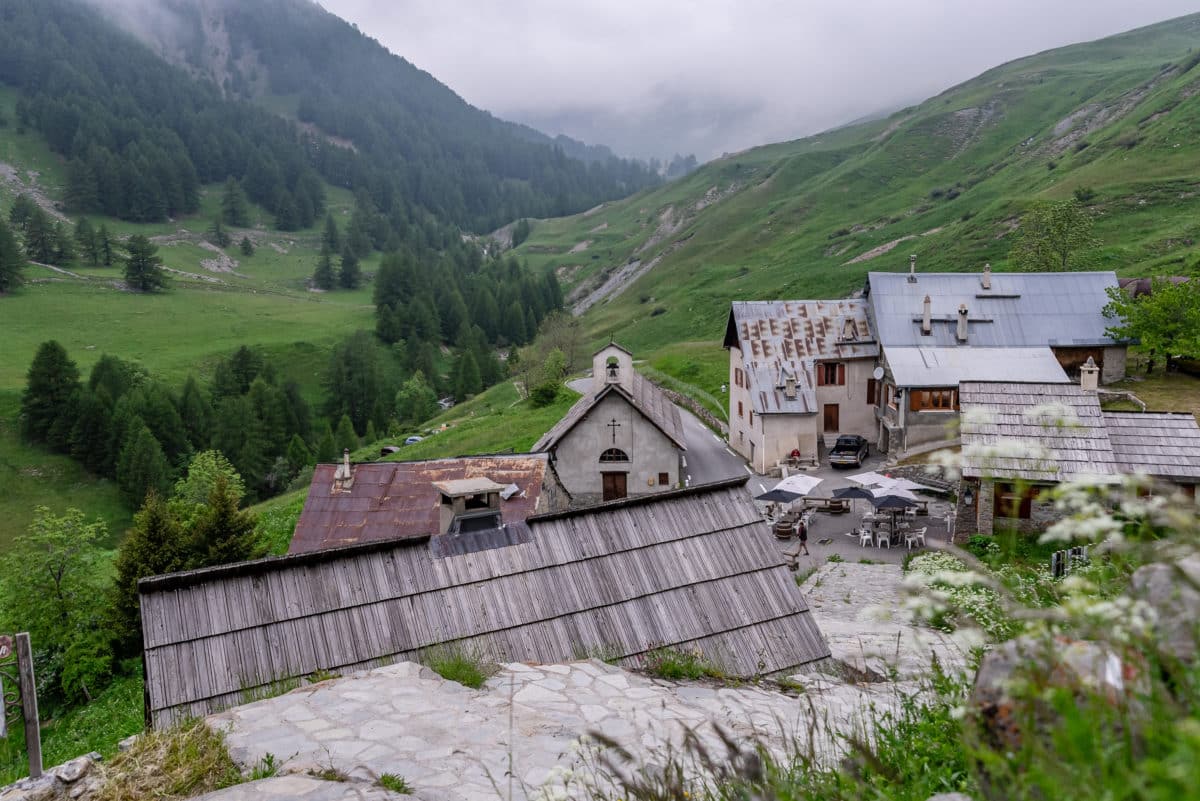
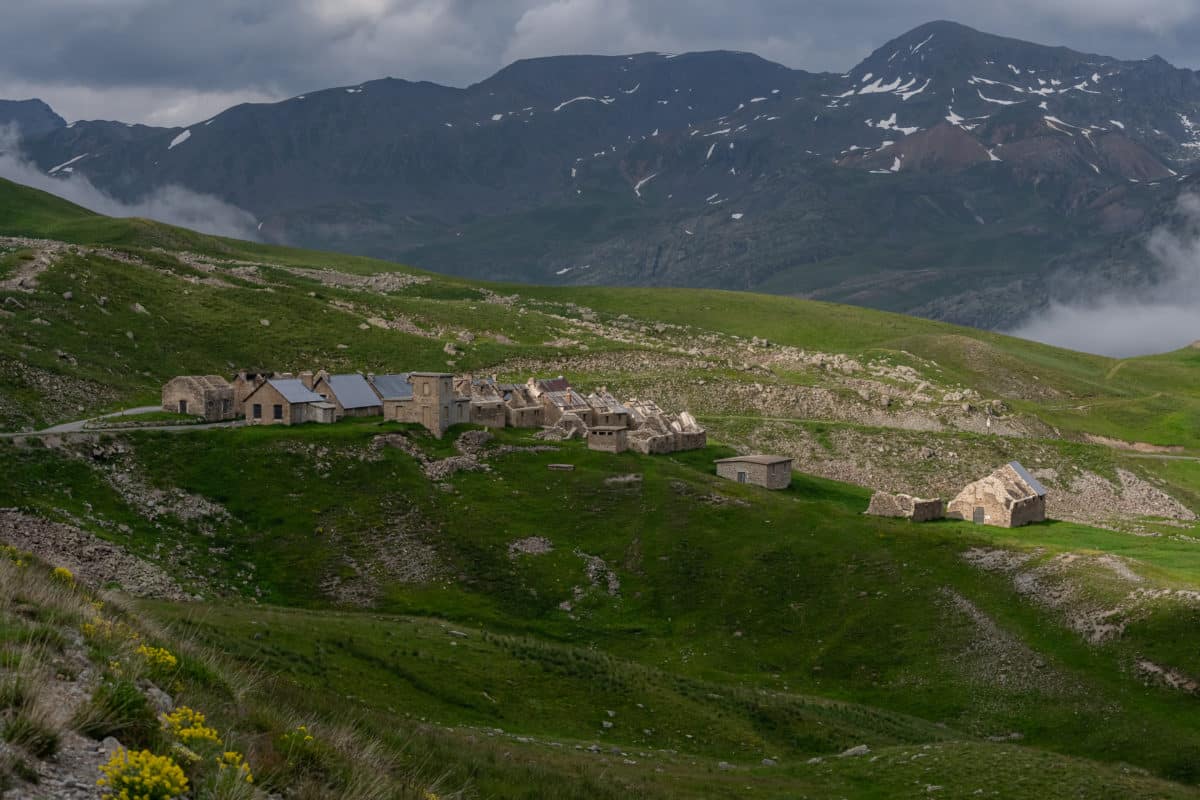
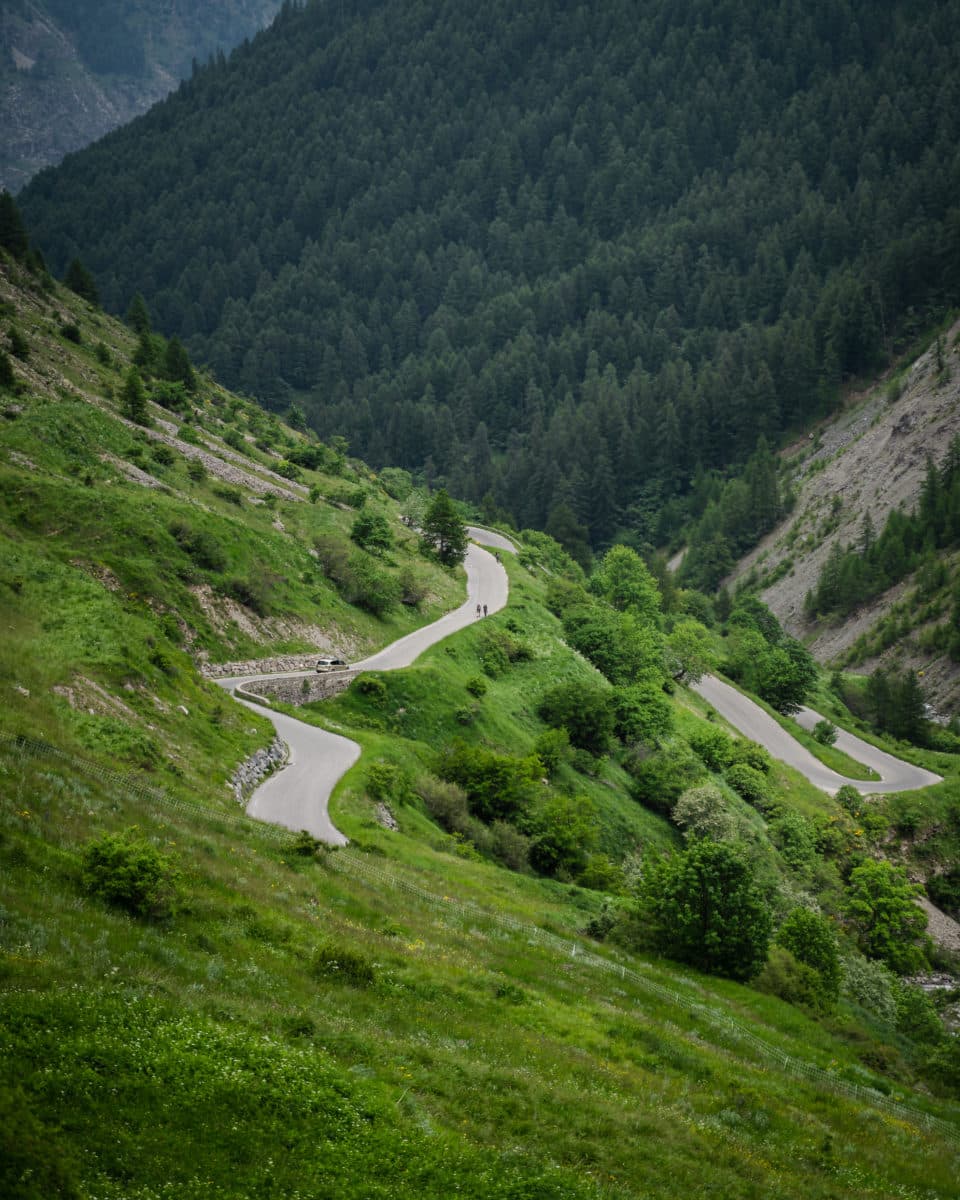
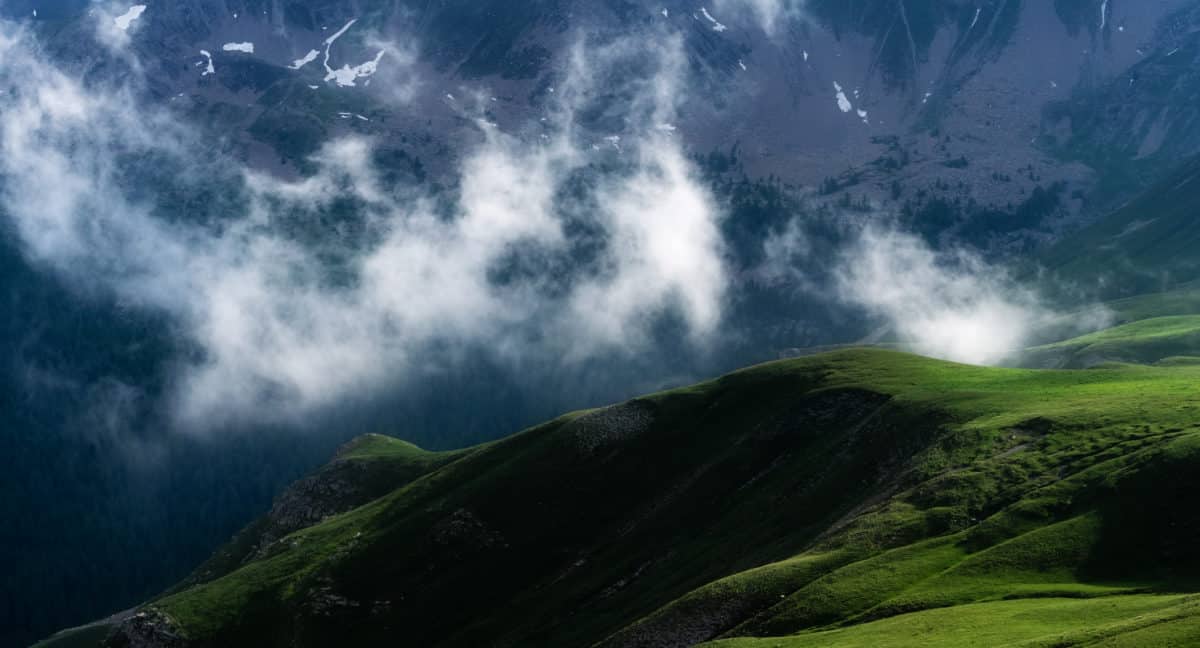
The highest hamlet in the department!
Yes, a hamlet at 1,960m is not very common, and even less so in the Alpes-Maritimes, which makes Bousieyas the highest hamlet in the department!
The communal gîte and Marius’s café
Are you a walker, cyclist or motorcyclist looking for a break in the hamlet? The Bousieyas gîte, run by Hortense and Juliana, will welcome you with open arms. What’s more, the products used to make the recipes are carefully selected and sourced from the region.
“Le café à Marius” is also open from late June to early September.
It’s a great place to be!
For mountain and nature lovers in general, the hamlet of Bousieyas is a haven of peace. You can breathe in the fresh mountain air, watch the animals, chat to the locals about anything and everything, take your time and simply enjoy yourself…
Be careful though …
You are in a protected nature park and certain rules (to be found here) must be scrupulously respected. It is important to preserve this biodiversity, which is unfortunately becoming increasingly rare…
Saint-Pierre church
Small in size but big in spirit, Saint-Pierre church is the little jewel of the village. Its history dates back to 1717, when it was built. As in all villages, the church was a place that brought people together.
It was vandalised and looted during the French Revolution, but was soon returned to the villagers in 1796.
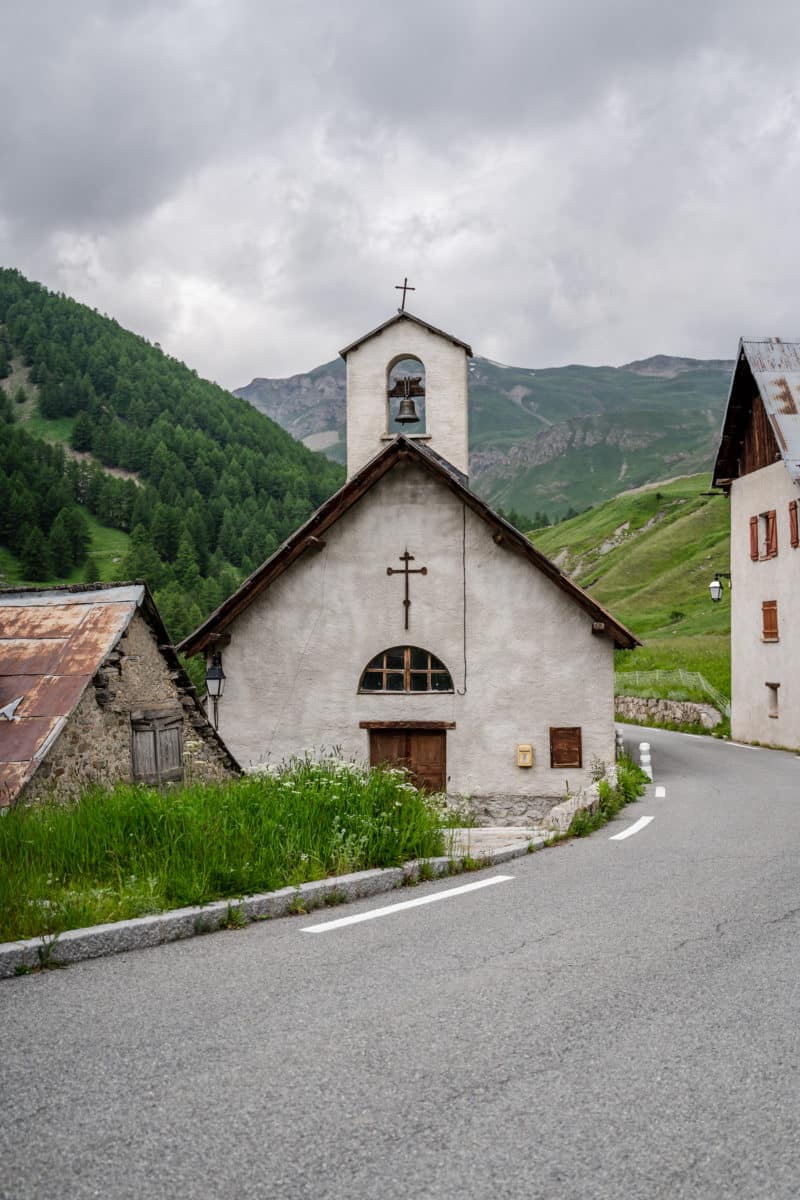
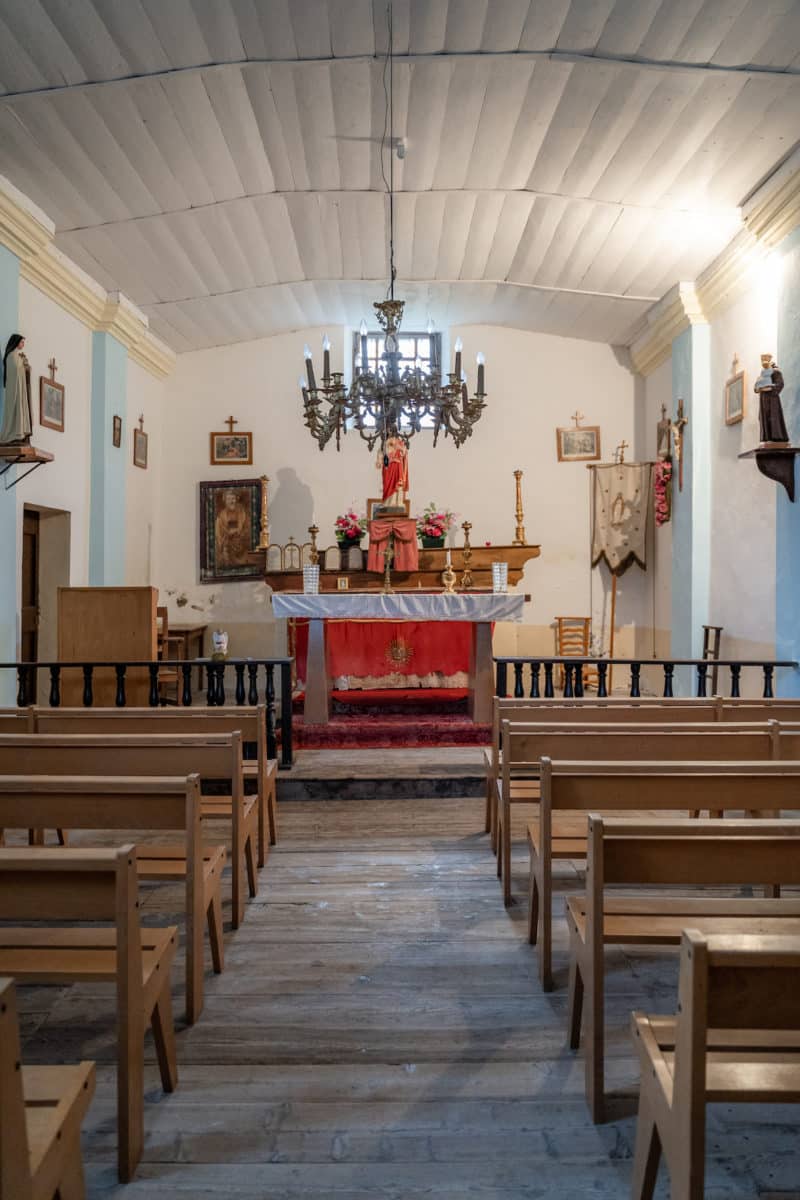
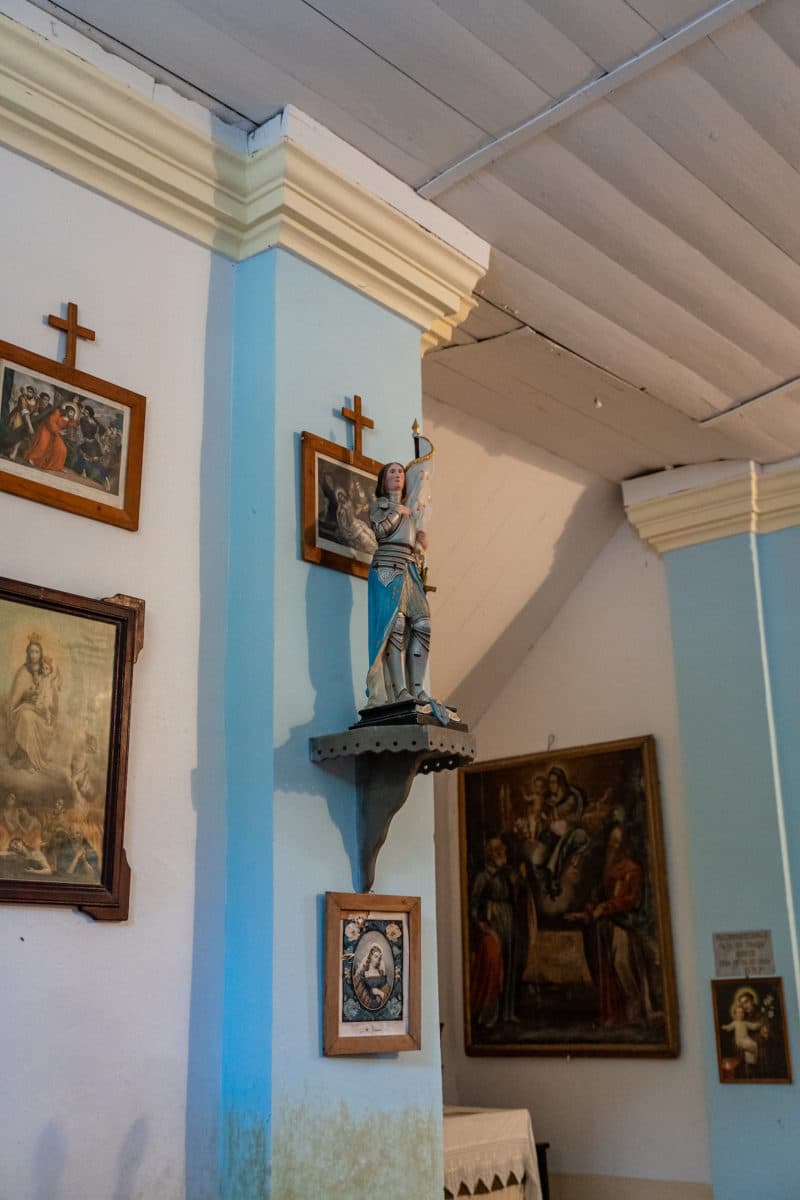
Bousieyas and the Second World War
During the Second World War, the small hamlet served as a refuge for resistance fighters and refugees. Residents helped them to hide, risking their own lives to save those of others. Bousieyas became a symbol of solidarity and courage during this period in history.
The flora and fauna around Bousieyas
You might think that at 2000 metres, the fauna would be less varied than at lower altitudes, but this is not the case – quite the contrary. The Bonette route boasts incredible diversity.
You can see golden eagles, marmots, foxes, bearded vultures and roe deer. As for the flora, you’ll see rhododendrons, buttercups, irises and blueberries.
But remember, you’re in a protected nature park. Silence and discretion are of the utmost importance to avoid disturbing the various species!
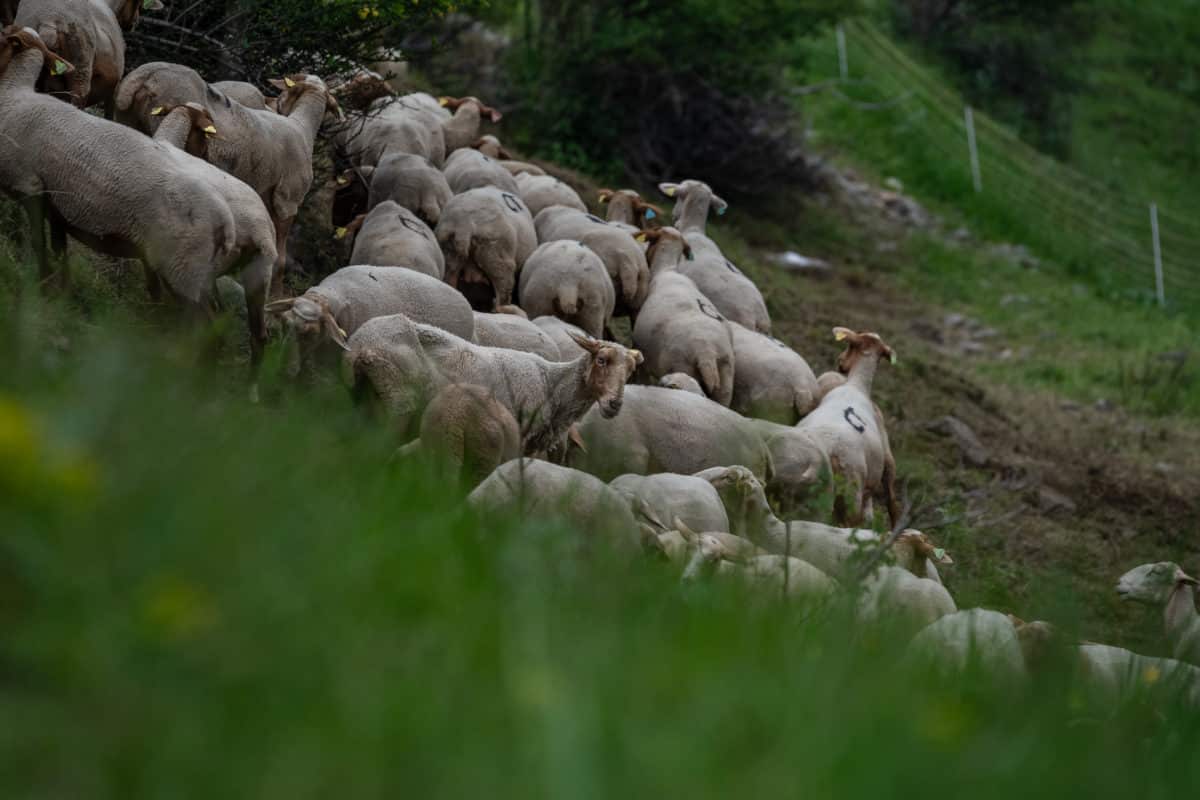
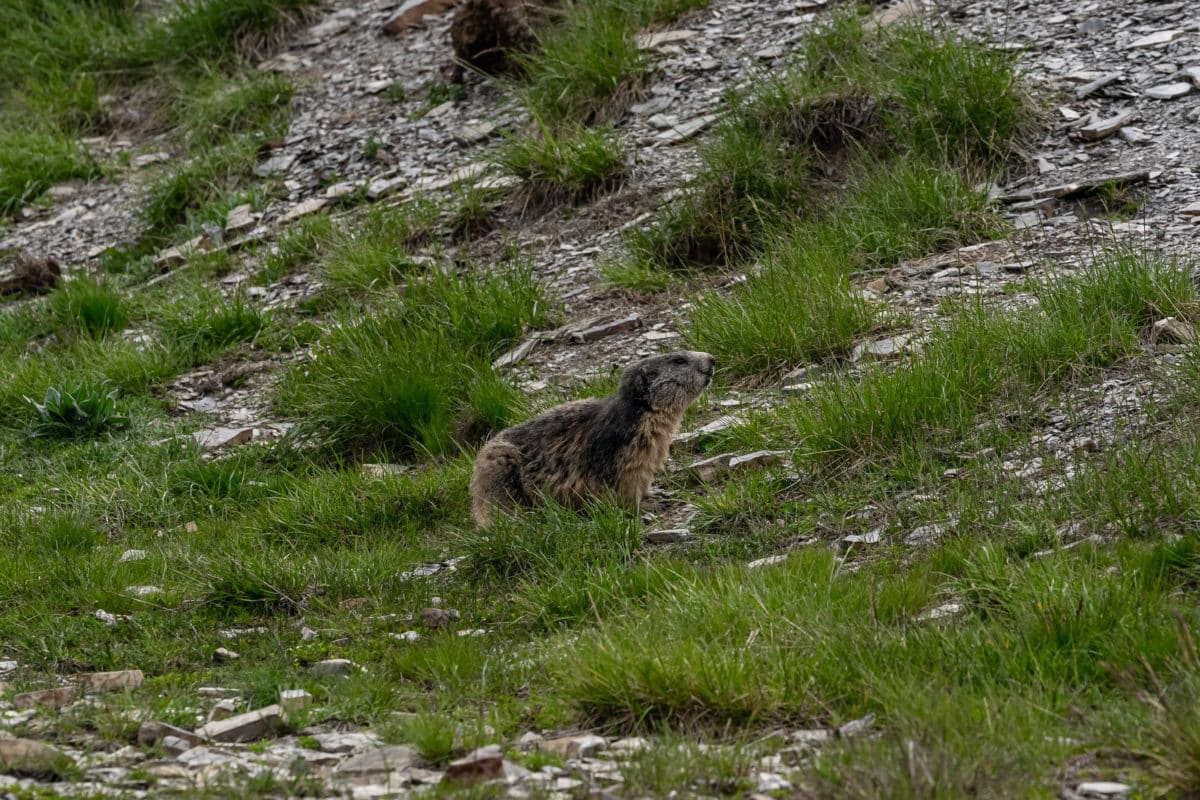
The Col de la Bonette
How can you miss the Col de la Bonette when you visit Bousieyas? A paradise for cyclists and motorcyclists, this is the highest road in Europe at 2802m, offering breathtaking views of the surrounding valleys and peaks! You’ll feel right at home here, enjoying the fresh air. Just make sure you bring a little windbreaker in case the weather turns fickle (it’s cool even in the middle of summer)!
The Camp des Fourches
Col de la Bonette is synonymous with Camp des Fourches. This former military camp, built at the end of the 19th century, could accommodate several hundred alpine hunters, or “blue devils”. At the time, access was only possible during the summer months.
The barracks are now abandoned, but were restored between 2016 and 2018 to keep a trace of this part of history.
The final word
It was a day rich in discoveries, both cultural and territorial. As someone who is passionate about the mountains and, more generally, nature, rediscovering this hamlet and its wealth of treasures amazed me for a day.
What’s more, being able to observe all this biodiversity just 2 hours from Nice is a small gift from our beautiful region!
I would add, however, that it’s always preferable to practise responsible tourism, so as not to over-visit these peaceful places ;).


